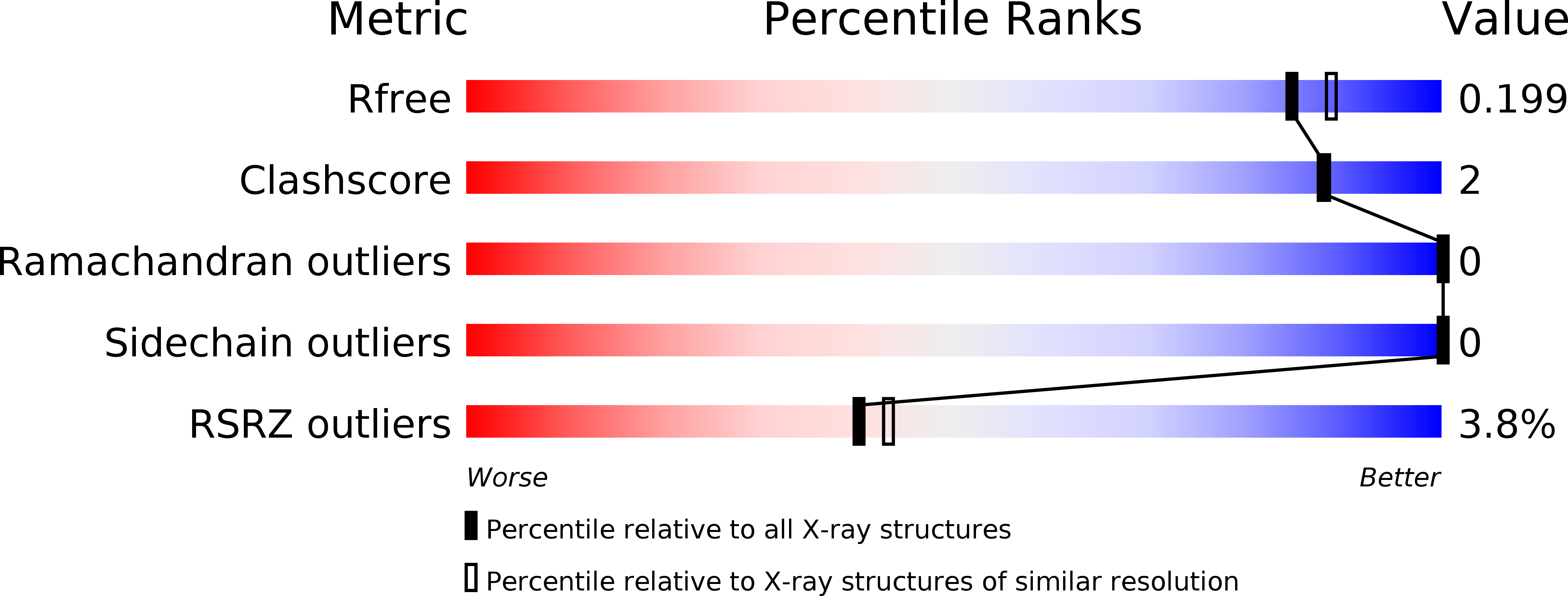
Deposition Date
2020-01-07
Release Date
2020-11-18
Last Version Date
2024-01-24
Entry Detail
Biological Source:
Source Organism:
Thermobifida fusca YX (Taxon ID: 269800)
Host Organism:
Method Details:
Experimental Method:
Resolution:
1.90 Å
R-Value Free:
0.19
R-Value Work:
0.18
R-Value Observed:
0.18
Space Group:
P 41 3 2


